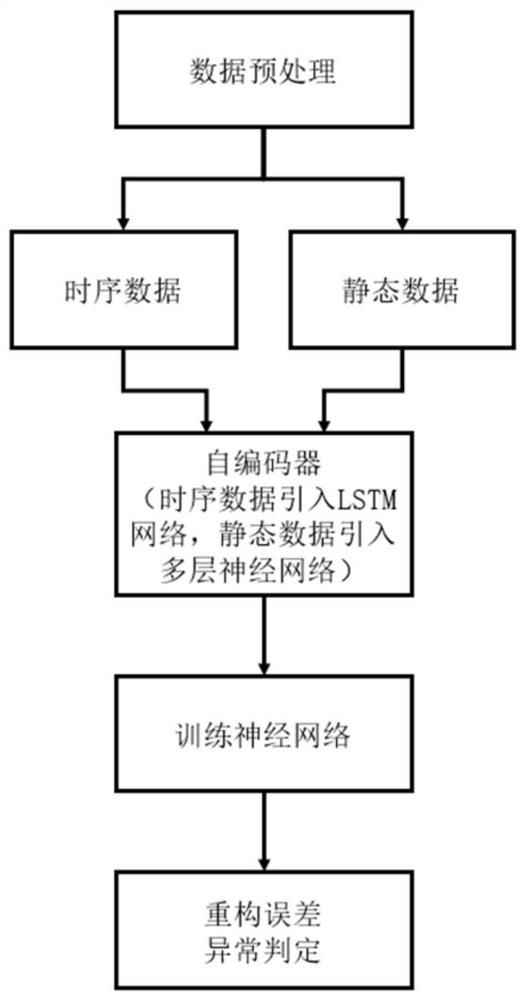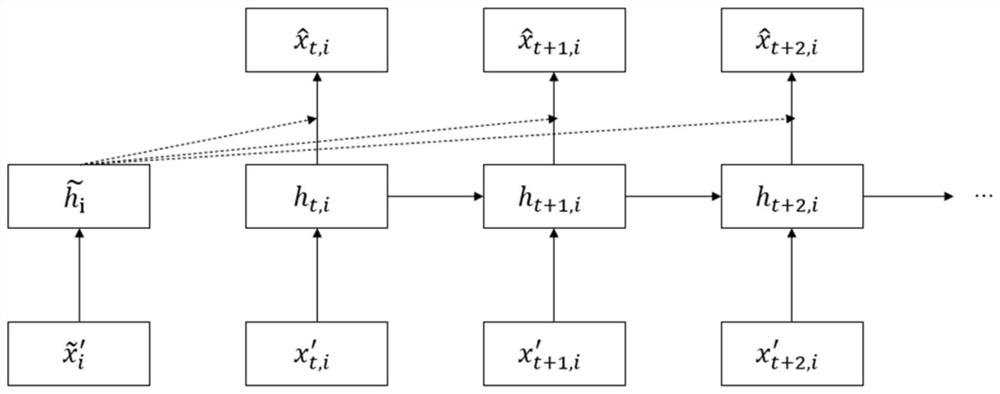Hemodialysis risk prediction system based on combination of dynamic and static data and depth auto-encoder
A self-encoder and data combination technology, applied in the field of hemodialysis risk prediction system, can solve problems such as data imbalance and insufficient classification model training, and achieve the effect of improving prediction performance and improving prediction performance
- Summary
- Abstract
- Description
- Claims
- Application Information
AI Technical Summary
Problems solved by technology
Method used
Image
Examples
Embodiment Construction
[0040] In order to make the above objects, features and advantages of the present invention more comprehensible, specific implementations of the present invention will be described in detail below in conjunction with the accompanying drawings.
[0041] In the following description, a lot of specific details are set forth in order to fully understand the present invention, but the present invention can also be implemented in other ways different from those described here, and those skilled in the art can do it without departing from the meaning of the present invention. By analogy, the present invention is therefore not limited to the specific examples disclosed below.
[0042] Such as figure 1 , 2 As shown, this application proposes a hemodialysis risk prediction system based on dynamic and static data combination and deep autoencoder, including:
[0043] 1) Data acquisition module
[0044] The data to be obtained mainly includes patient visit data, physical sign data and lab...
PUM
 Login to View More
Login to View More Abstract
Description
Claims
Application Information
 Login to View More
Login to View More - R&D
- Intellectual Property
- Life Sciences
- Materials
- Tech Scout
- Unparalleled Data Quality
- Higher Quality Content
- 60% Fewer Hallucinations
Browse by: Latest US Patents, China's latest patents, Technical Efficacy Thesaurus, Application Domain, Technology Topic, Popular Technical Reports.
© 2025 PatSnap. All rights reserved.Legal|Privacy policy|Modern Slavery Act Transparency Statement|Sitemap|About US| Contact US: help@patsnap.com



